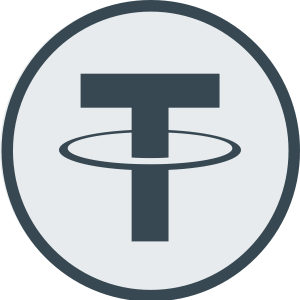Cryptocurrencies are a combination of two types of information that works as a vehicle for exchange, in which individual coin ownership information is recorded in an automated data set that uses strong cryptography to record transactions, control coin creations, and verify exchanges. Some buy cryptocurrency here plans use validators to keep up with the cryptocurrency. In a proof-of-stake model, proprietors set up their tokens as security. Consequently, they get authority over the token concerning the sum they stake. For the most part, these symbolic speakers get extra proprietorship in the token after some time through network charges, recently stamped tokens, or other such prize components. Cryptocurrency doesn’t exist in actual structure (like paper cash) and is normally not given by a focal power. Cryptographic forms of money commonly utilize decentralized control instead of a national bank computerized cash (CBDC). At the point when a cryptocurrency is stamped or made before issuance or given by a solitary guarantor, it is by and large viewed as unified. When executed with decentralized control, every cryptocurrency works through disseminated record innovation, commonly a blockchain, that fills in as a public monetary exchange data set.

Bitcoin, first delivered as open-source programming in 2009, is the main decentralized cryptocurrency. Since the arrival of bitcoin, numerous other digital currencies have been made.
Formal definition
As per Jan Lansky, a cryptocurrency is a framework that meets six conditions:
- The framework doesn’t need a focal power; its state is kept up with through conveyed agreement.
- The framework keeps an outline of cryptocurrency units and their proprietorship.
- The framework characterizes whether new cryptocurrency units can be made. On the off chance that new cryptocurrency units can be made, the framework characterizes the conditions of their starting point and how to decide the responsibility for new units.
- Responsibility for units can be demonstrated solely cryptographically.
- The framework permits exchanges to be acted in which responsibility for cryptographic units is changed. An exchange articulation must be given by a substance demonstrating the current responsibility for units.
- If two unique directions for changing the responsibility for the same cryptographic units are all the while entered, the framework performs all things considered one of them.
Altcoins
Tokens, cryptographic forms of money, and different sorts of advanced resources that are not bitcoin are all in all known as elective digital currencies, ordinarily abbreviated to “altcoins” or “altcoins”. Paul Vigna of The Wall Street Journal additionally depicted altcoins as “elective adaptations of bitcoin” given its job as the model convention for altcoin creators. The term is usually used to depict coins and tokens made after bitcoin. A list of digital currencies gives an overview of some cryptographic forms of money.
Altcoins frequently have hidden contrasts with bitcoin. As an example, Litecoin intends to process a square every 2.5 minutes, as opposed to bitcoin’s 10 minutes, so it will be able to confirm exchanges faster than bitcoin. Another model is Ethereum, which has brilliant agreement usefulness that permits decentralized applications to be run on its blockchain. Ethereum was the most utilized blockchain in 2020, as indicated by Bloomberg News. In 2016, it had the biggest “following” of any altcoin, as indicated by the New York Times.
Huge mobilization across altcoin markets is regularly alluded to as an “alt season”.


